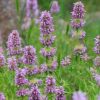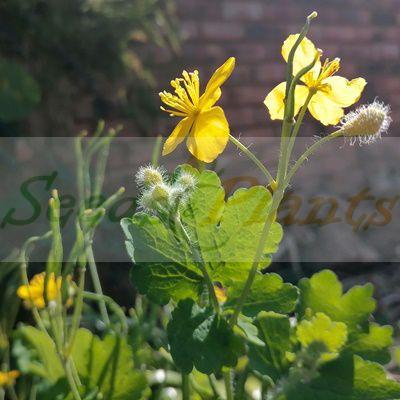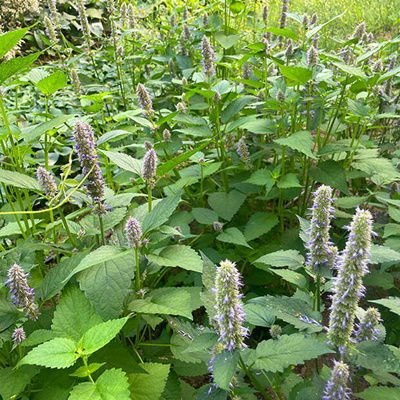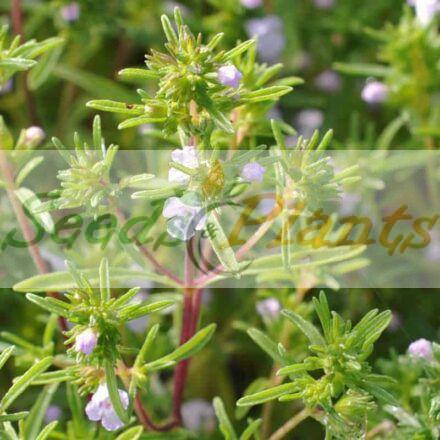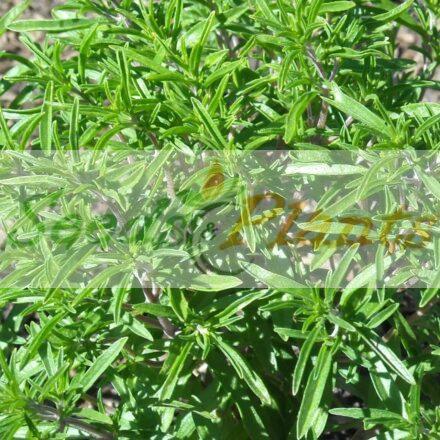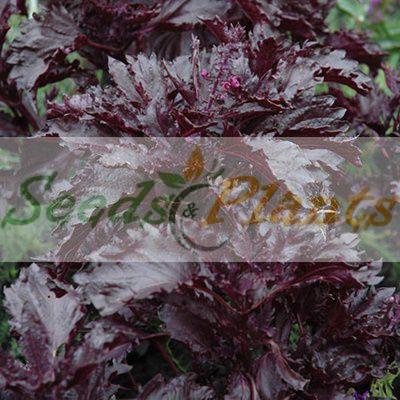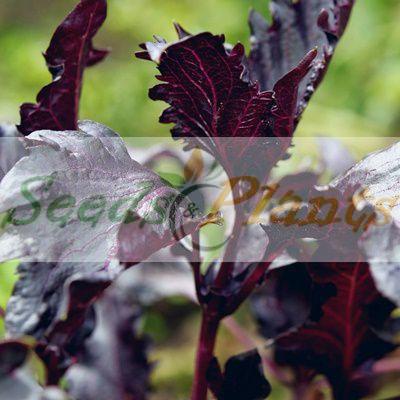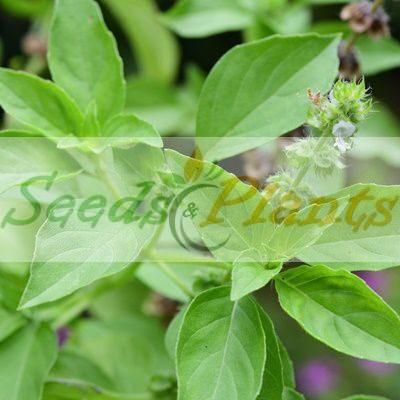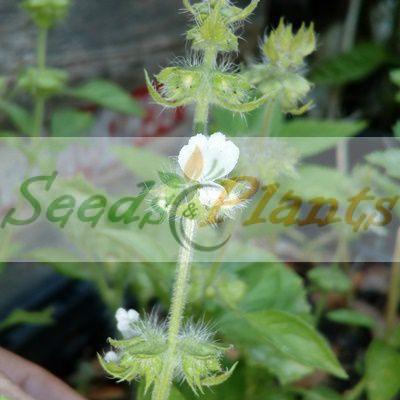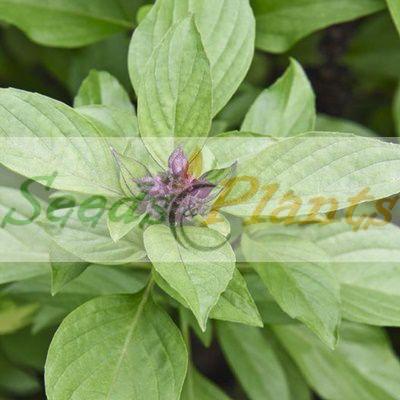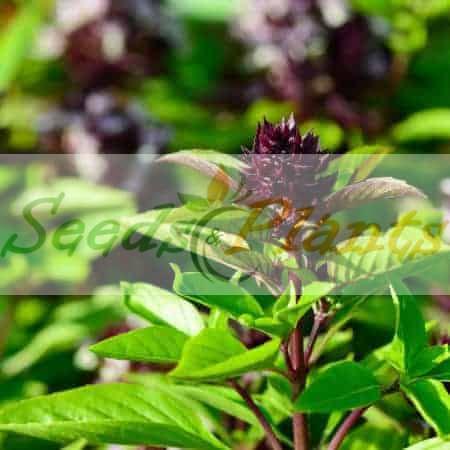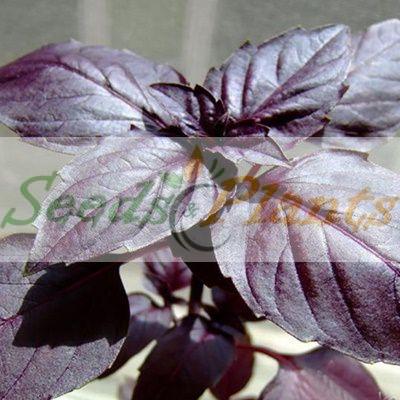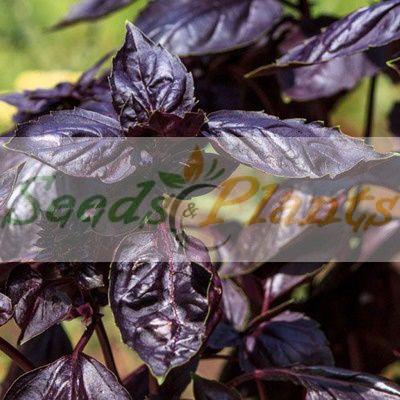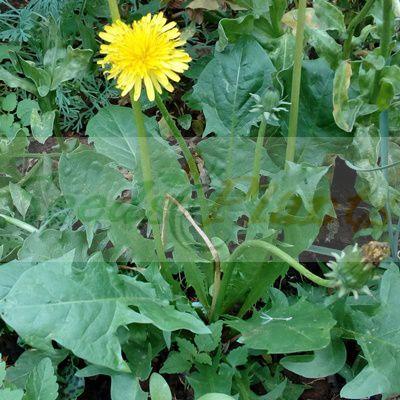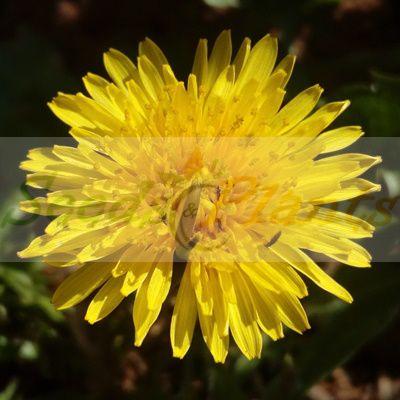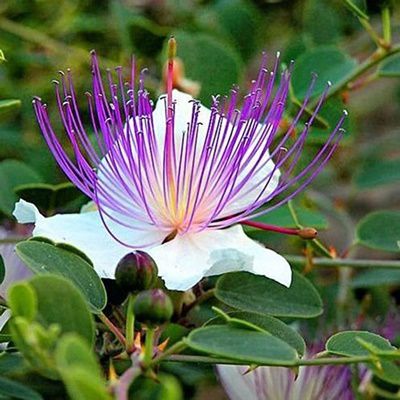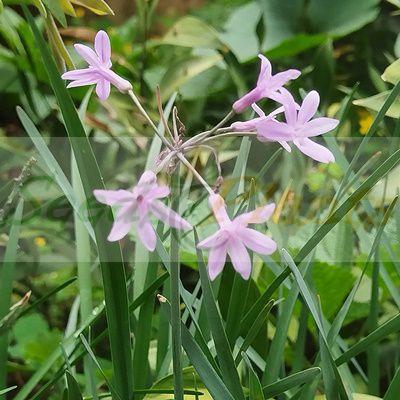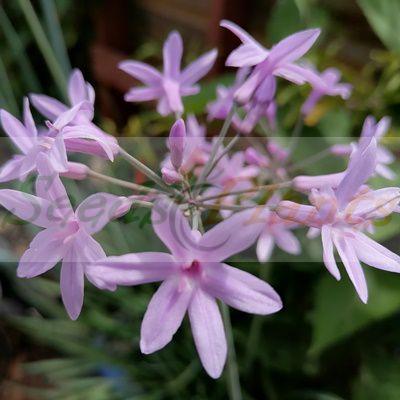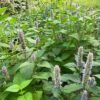Korean Mint – 20 Seeds
(Agastache rugosa)
R30.00
Korean Mint is an aromatic herb in the mint family, native to East Asia.The herb has both culinary and medicinal uses.
Common Names: Wrinkled giant hyssop, Indian mint, blue licorice, huo xiang and Chinese patchouli.
Indoor Sowing: Late Winter and Early Spring.
Direct Sowing: Early Spring.
In stock
🍃 Culinary Quick Facts
- 🌱 Life Cycle: Perennial
Korean mint seeds. Korean mint (Agastache rugosa) is also known as wrinkled giant hyssop, Indian mint, blue licorice, huo xiang and Chinese patchouli. It is an aromatic herb in the mint family, native to East Asia. This bushy perennial herb reaches 48 inches tall spreading 18 inches wide. The semi-evergreen leaves, which smell strongly of mint and licorice, are topped with short spikes of tubular-shaped lavender-blue blossoms from midsummer through early autumn.
Korean Mint Culinary Uses
- Korean cooks use Korean mint in dishes like maeun-tang, which is a fish stew.
- Korean mint leaves may be consumed raw in salads, though they are coarse and you may need to chop them finely. The flavor is strong, so add them in moderation.
- The leaves can be used sparingly inside a salad dressing.
- Tea is the most common way to consume the herb. You can make Korean mint tea with the fresh or the dried herb.
- Korean mint can be used in place of other mints for making ice cream and custards, and it works well in some baked goods like cakes and cookies.
- Use it with lamb or pork just like regular mint or add it to vegetables like carrots and squash.
Korean Mint Medicinal Benefits
- Korean mint is commonly used in Chinese herbalism, where it is considered to be one of the 50 fundamental herbs.
- The leaves and stems are antibacterial, antifungal, aromatic, carminative, diaphoretic, febrifuge and stomachic.
- The leaves are used internally to improve the appetite and strengthen the digestive system, relieve symptoms such as abdominal bloating, indigestion, nausea, vomiting and morning sickness.
- The leaves are also used in the treatment of chest congestion, diarrhoea and headaches.
- An infusion of the leaves is used in the treatment of angina pains.
- The plant is used as a folk remedy for cancer, extracts of the plant have shown anticancer activity.
Growing Korean Mint
Indoor Sowing: Late Winter and Early Spring.
Direct Sowing: Early Spring.
- Sow the Korean Mint seeds in the late winter or early spring.
- Fill a seed tray or shallow plant pot with seed starter soil mix.
- The seeds need light to germinate so scatter the seeds on top of the soil.
- Barely cover with the soil mix. Do not put more than 1/8 inch of soil on top of the seeds.
- These seeds germinate best with high humidity, so cover the planting tray with a piece of clear plastic.
- The tray needs to be placed in an area with bright indirect light.
- The seeds germinate in one week, but it can take up to four weeks for sprouts to appear.
- The soil needs to stay moist after the seeds sprout. The seedlings are very tender and have tiny roots that dry out quickly.
- Once the seedlings develop their first true leaves and are large enough to handle easily, transplant them into their own individual plant pots 3 to 4 inches wide filled with potting soil.
- It’s ideal to grow them indoors or in a greenhouse for their first year.
- Gradually adjust the Korean licorice mint starts to outside temperatures by moving the plants outdoors for a few hours at a time until the plants can spend all day outside. This will take a few weeks.
- Prepare the planting location in full sun with dry to medium moist soil.
- This plant does not grow well in shady areas and clayey soil.
- Transplant the plants outside in late spring or early summer.
Disclaimer
Medicinal Information:
All medicinal information on this website is for educational and informational purposes only and may not be construed as medical advice. The information is not intended to replace medical advice or treatment offered by healthcare professionals.
Seeds, Plants, Plant Cuttings, Geophytes and Dried Herbs:
In some countries and provinces, certain plants are deemed as invasive and are not allowed to be planted at all, whilst some plants are allowed to be grown only in certain areas or provinces. The onus is on you as the buyer to familiarize yourself with the regulations pertaining to your location, before purchasing any of our seeds, plants, plant cuttings, geophytes or dried herbs. We will not be held liable, should you purchase any seeds, plants, plant cuttings, geophytes or dried herbs. from us which are prohibited in your country or province.
| Life Cycle | Perennial |
|---|

